Girl Power
Mandy Walker ACS ASC / Mulan
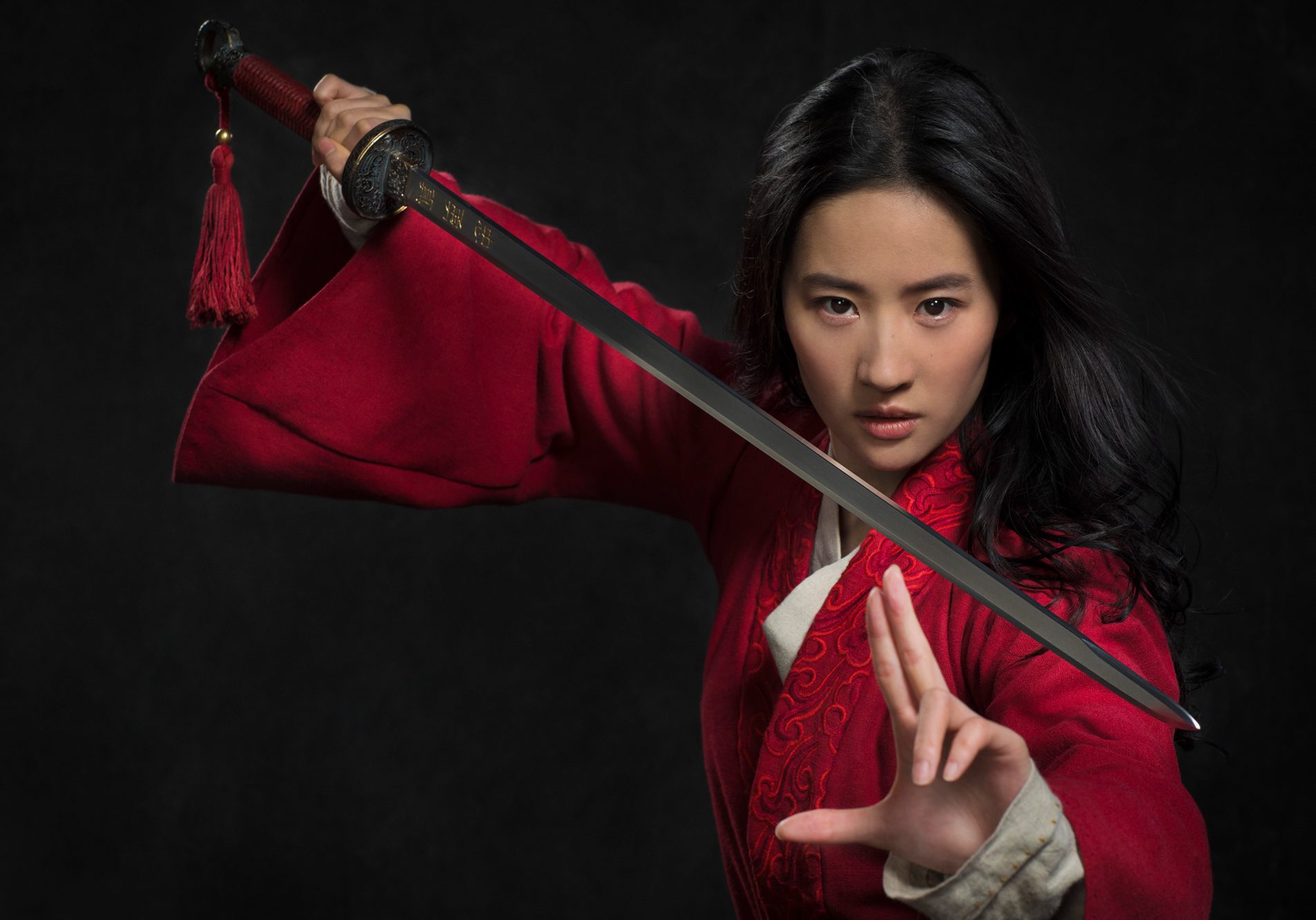
Girl Power
Mandy Walker ACS ASC / Mulan
BY: Ron Prince
If predictions and forecasts are anything to go by, then Mulan, director Niki Caro's live-action adaptation of Walt Disney's 1998 classic animated film, is destined to conjure-up magical results at the global box office and beyond. The official trailer was watched over a billion times in China alone, and reportedly brought some fans to tears.
But, the $200 million movie is likely to make a different slice of history amongst the filmmaking community for something rather uncommon in Hollywood… so far.
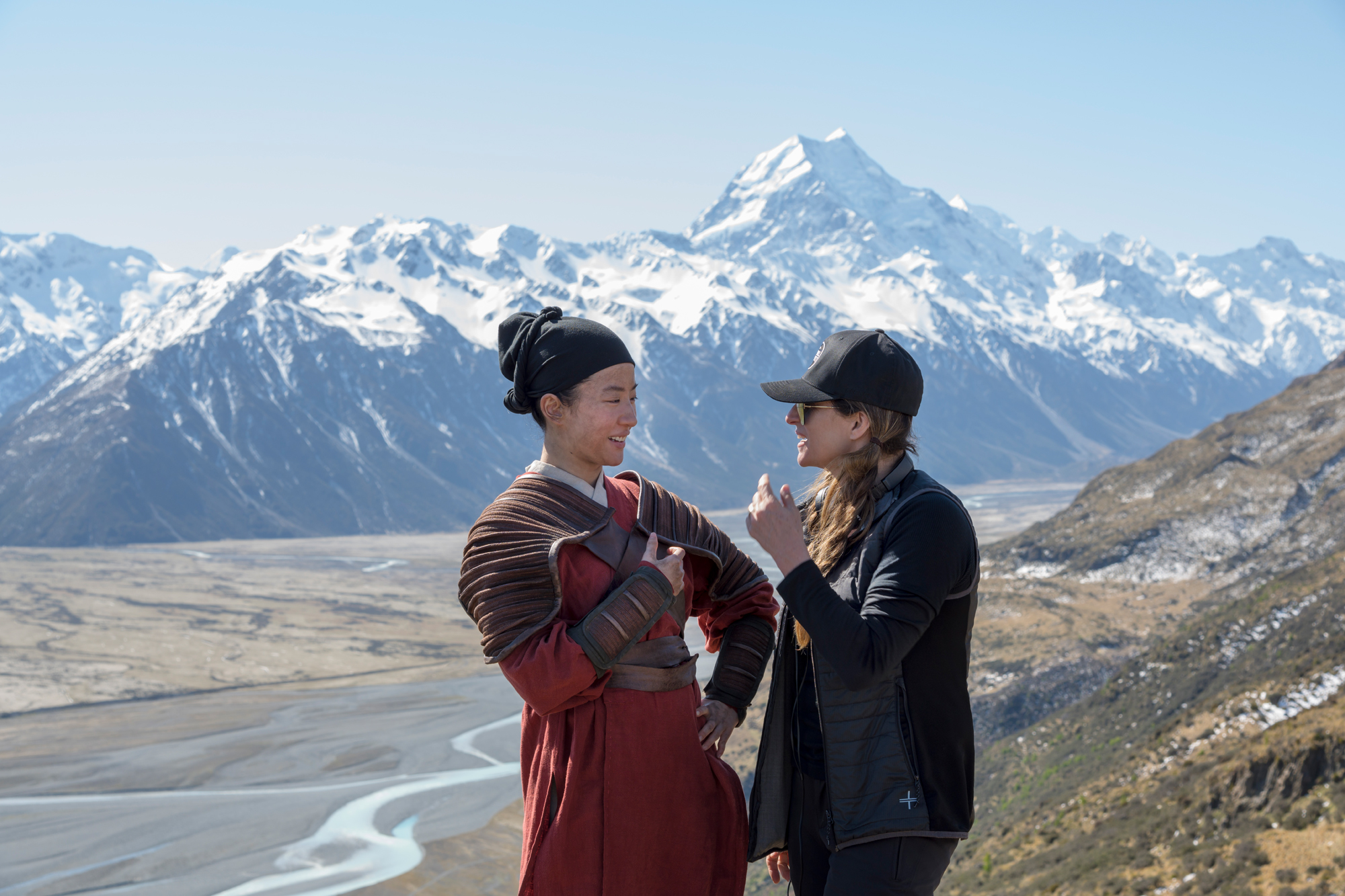
As the film's Australian cinematographer Mandy Walker ACS ASC describes: "The three heads of department in charge of running the set were women - Niki, me, and Liz Tan our first AD. For a film of this budget and calibre, with huge logistics, this was a first. But, Niki is a wonderfully-collaborative and well-organised leader, with a strong and artful vision that she clearly communicated to us all. Working together, we were all switched-on and super-organised. We worked 10-hour days. We didn't go over budget. We came in on schedule. And… we all loved the experience!
"I hope audiences enjoy the movie as much as I do," adds the multi-award-winning DP, who is recognised for her exquisite attention to detail in beauty work and majestic coverage of landscapes, in such features as Lantana (2001, dir. Ray Lawrence), Australia (2008, dir. Baz Luhrmann), Tracks (2013, dir. John Curran) and Hidden Figures (2016, dir. Theodore Melfi). "Even though I know the material so well, it still affects me. Every time I watch the film, I get very emotional. For me, that's a really good sign."
Set around 600AD, Mulan is based on the ancient Chinese folklore poem, "The Ballad Of Mulan", and stars Liu Yifei as the eponymous Chinese warrior, alongside Asian movie royalty, with Jet Li as the Emperor and Gong Li as the villain Xian Lang.
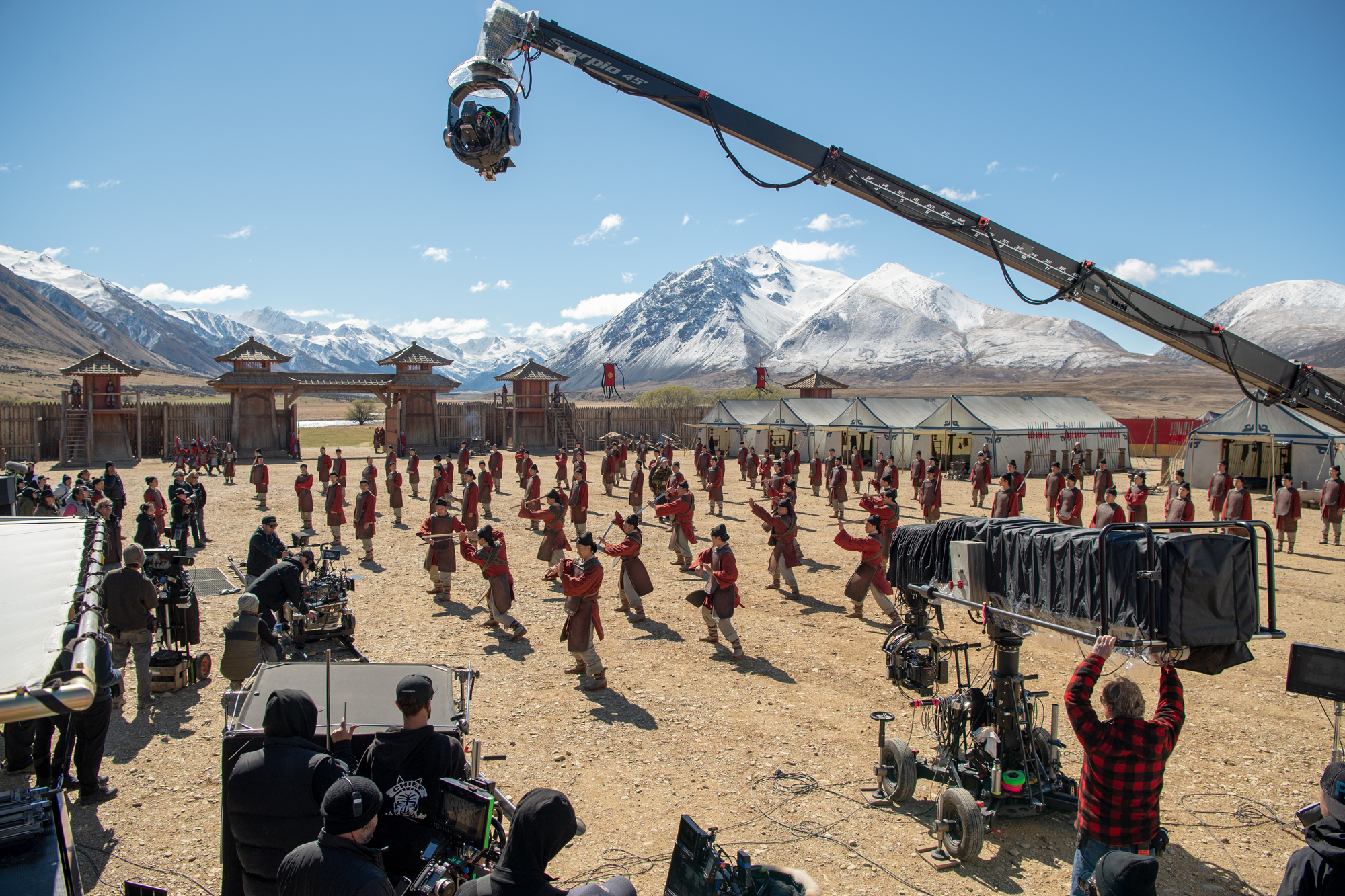
When the Emperor Of China issues a decree that one man per family must serve in the Imperial Chinese Army to defend the country from Northern Invaders, Hua Mulan, the eldest daughter of an honoured warrior, steps in to take the place of her ailing father. She is spirited, determined and quick on her feet. Disguised as a man by the name of Hua Jun, Mulan is tested every step of the way and must harness her innermost strength and embrace her true potential. What happens next is an epic journey that transforms her into an honoured warrior and earns her the respect of a grateful nation, and a proud father.
Principal photography on the movie began on August 13, 2018, taking in different locations in New Zealand and China before wrapping some 74 production days later on November 25, 2018.
The New Zealand leg of the shoot took in a small number of locations on the North Island near Auckland, including several fields and a bamboo forest, plus a stint at Kumeu Film Studios, where large and elaborate interior and exterior sets were constructed on the stages and backlot. These included the circular, three-storey Tulou that is Mulan's family home, the Imperial city exteriors and the New Palace. Some greenscreen was used to extend sets shot, such as a rooftop battle scene.
The production then upped-sticks and moved to the Ahuriri Valley on New Zealand's South Island for four weeks, where the movie's desert and volcanic scenes were filmed. Scenics of mainland China itself were shot separately by the scenic and second units.
One feature of the production was that Liu Yifei did much of her own stunt work. With a plan to keep Mulan as the centre of visual attention, including the many action scenes, this would see the camera being moved around in all manner of ways.
Ron Prince caught up with the cinematographer whilst she was preparing to shoot Baz Luhrmann's Untitled Elvis Presley Project in The Gold Coast, Australia, to discover more about her work on Mulan.
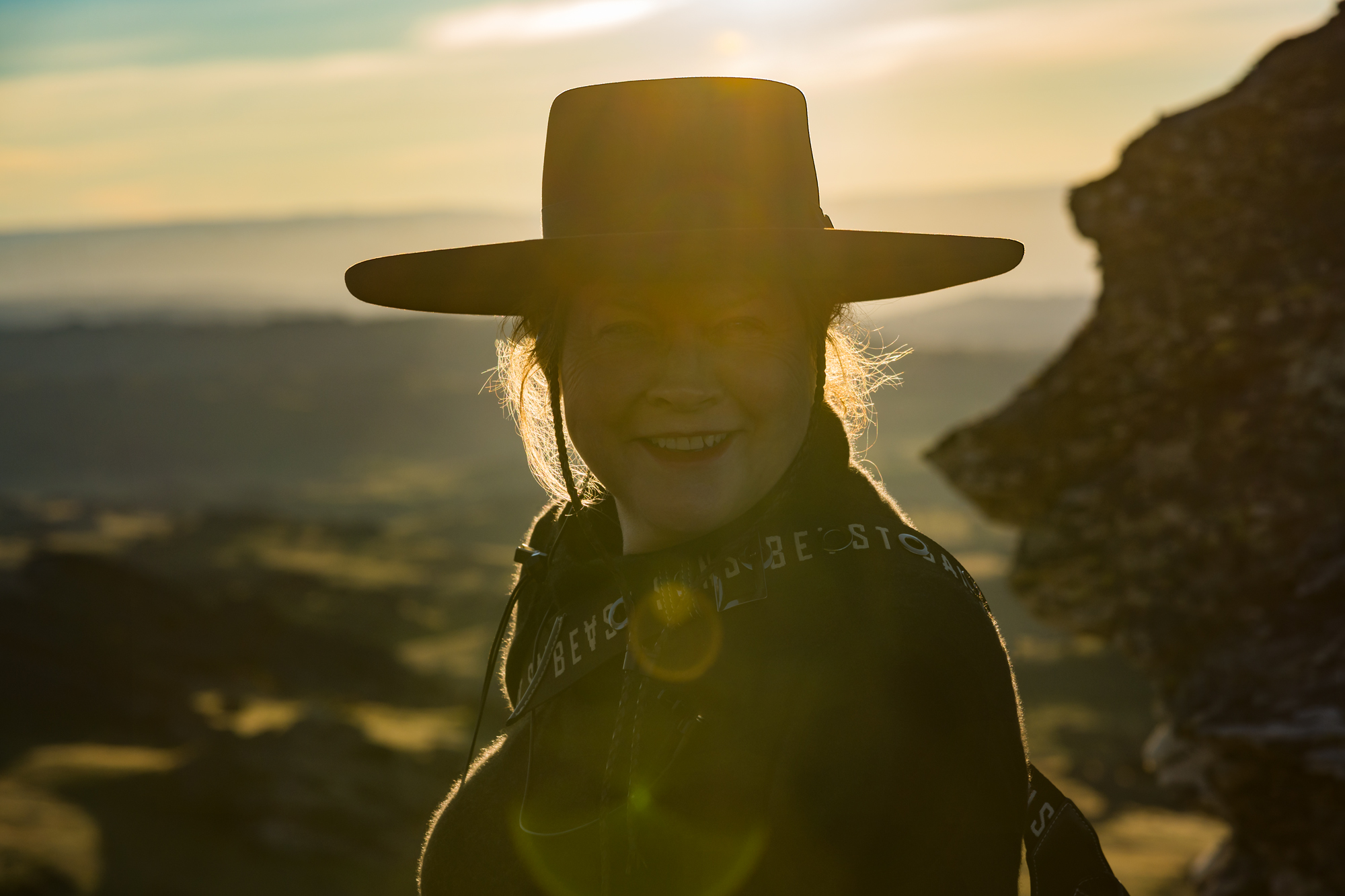
How did the script for Mulan come your way?
MW: My agent knew that I always wanted to work with Niki. So when the script came along, I was put up for an interview with her, around early July 2018. I had seen all of Niki's movies and really loved them. I think she's a filmmaker who is a great storyteller. We got along really well and were on the same page in terms of the visual storytelling.
What was your initial reaction to the script?
MW: I thought it was fantastic. I had watched the original animated film countless times when my daughter was growing-up, and knew the story well. The whole idea of making a Disney film about a woman who discovers her inner-strength and power, and her devotion to her family and her country, were all incredibly appealing. Of course, Mulan does not realise her special power initially, but as the film goes along she becomes an elite warrior who harnesses her strength for good. She's a great role model for young girls and young women to understand we all have potential too and must never doubt ourselves.
Tell us about your first discussions with Niki about the film?
MW: I always like to sit down with a director and talk about the story first - how they want to tell it and express it visually. The first thing Niki said to me was that the film was to be focussed around Mulan. The audience always had to be with Mulan during her adventures, to experience what she experiences, and to be intimately engaged in her emotional journey. Our thinking was to keep Mulan very much in the centre of the frame, so as to keep the audiences' attentions on her.
Another important thing was that Niki wanted to do as much as possible in-camera, for the battle scenes to be realistic but quite elegant, rather than a typically generic melée of fists and swords.
For Niki the movie was also an epic story, and it was important to depict the different and diverse aspects of China's ancient history and landscapes - from the confines of Mulan's safe and beautiful home and the luscious rice paddies, to the dangerous dusty deserts and the stark, harsh volcanic environments.
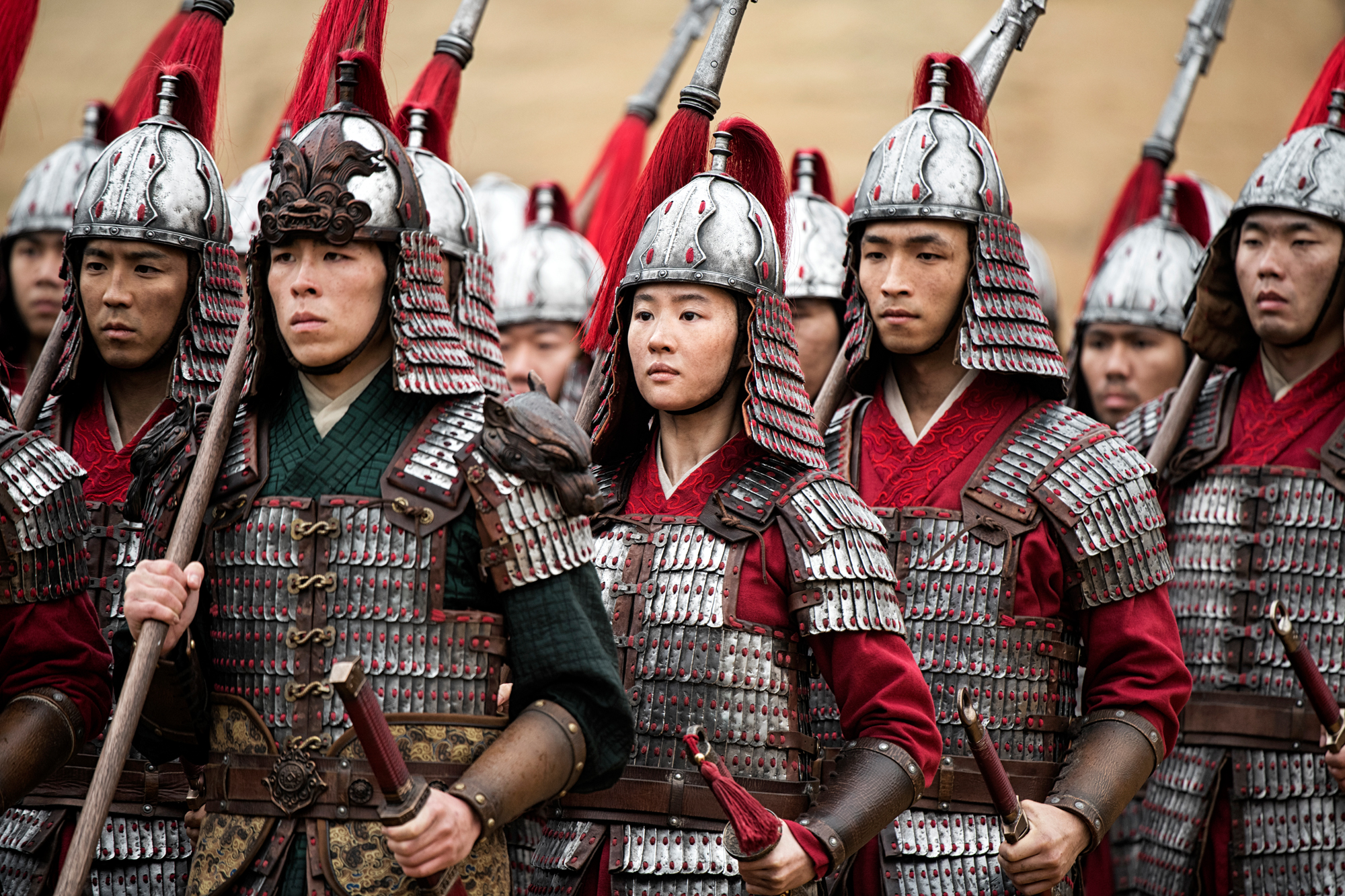
"I developed a couple of vintage lenses that I used primarily to shoot Mulan's close-ups. The first was an 85mm Petzval photographic portrait lens, originally developed by the German-Hungarian mathematics professor Joseph Petzval in the 1840s in Vienna. The other was what we called Mulan's 'Chi' lens, for when she realises she has special abilities as an elite, badass warrior."
- Mandy Walker ACS ASC
What creative references did you look at?
MW: We looked at a lot of Chinese cinema and Chinese art, both contemporary and historical, to see how the images were composed. A lot of the work we considered was composed in widescreen format, rarely square, with either strong vertical or horizontal lines, and these, along with stills photography of Chinese landscapes, were really the greatest influences in how we framed the movie.
We looked at films by Zhang Yimou, such as Hero (2002, DP Christopher Doyle HKSC) and House Of Flying Daggers (2004, DP Xiaoding Zhao), as well as various contemporary martial arts movies, where they keep a lot of the action - the fights and battles - in-camera.
We also looked at films that were shot on large format 70mm film, which combined the depiction of epic landscapes and intimacy with the characters, such as Lawrence Of Arabia (1962) and Ryan's Daughter (1970) (both directed by David Lean, and both shot by DP Freddie Young BSC).
What camera and lenses did you choose?
MW: I always test extensively before every film and felt that, shooting 2:1 for a 2.39:1 extraction, the ARRI Alexa 65 would be the best camera system to render the sense of epic scale we wanted and deliver the beauty of the amazing locations, as well as the focussed intimacy of close-ups that this camera renders so nicely.
In terms of lenses, we went spherical as there was not a big choice of Anamorphics for the Alexa 65 at the time that either had a wide enough range of focal lengths or would cover the sensor. I spoke to Dan Sasaki at Panavision in LA, who proved once again what a genius he is in understanding your vision for a film, and who then developed lenses that were sympathetic to our visual design and storytelling ambitions.
Out of all the lenses I tested, I preferred the Panavision Sphero 65s. They capture pleasing flesh tones and give a soft, classic overall look that is less clinical than other large format lenses. Dan tweaked them to give a slight creaminess to the image, and blended the edges for very nice focus roll-off with softened layers of contrast. You can separate background and foregrounds easily with the Spheros to create the sensation of depth, and they have a rectilinear correctness, which was good as we were doing a lot of symmetrical framing.
However, I also developed a couple of other vintage lenses that I used primarily to shoot Mulan's close-ups. The first was an 85mm Petzval photographic portrait lens, originally developed by the German-Hungarian mathematics professor Joseph Petzval in the 1840s in Vienna. Dan designed it especially so that when I centred Mulan in the middle of frame it had the great effect of being able to 'pull' the subject out of the frame without needing to use extremely shallow depth-of-field. It's a very sympathetic lens when used in this way.
The other lens was what we called Mulan's 'Chi' lens, for when she realises she has special abilities as an elite, badass warrior. It's more extreme than the Petzval, in that it drops off in a radial sense with chromatic aberrations round the edges, so that you really are only focussed on what is in the centre of the frame. Dan made up the Chi lens specifically for this film too, using elements from a Gauss lens, and ensured it would work properly with our extracted 2.39:1 framing on the Alexa 65 sensor.
Along with the straight live action sequences, we also used the Chi lens during many of the slow-motion sequences in the film, which we shot using an ARRI Alexa LF running at 150fps. When these sequences were slowed down in post to 300 and 600fps, the images looked great and were a very good match to the main Alexa 65 material.
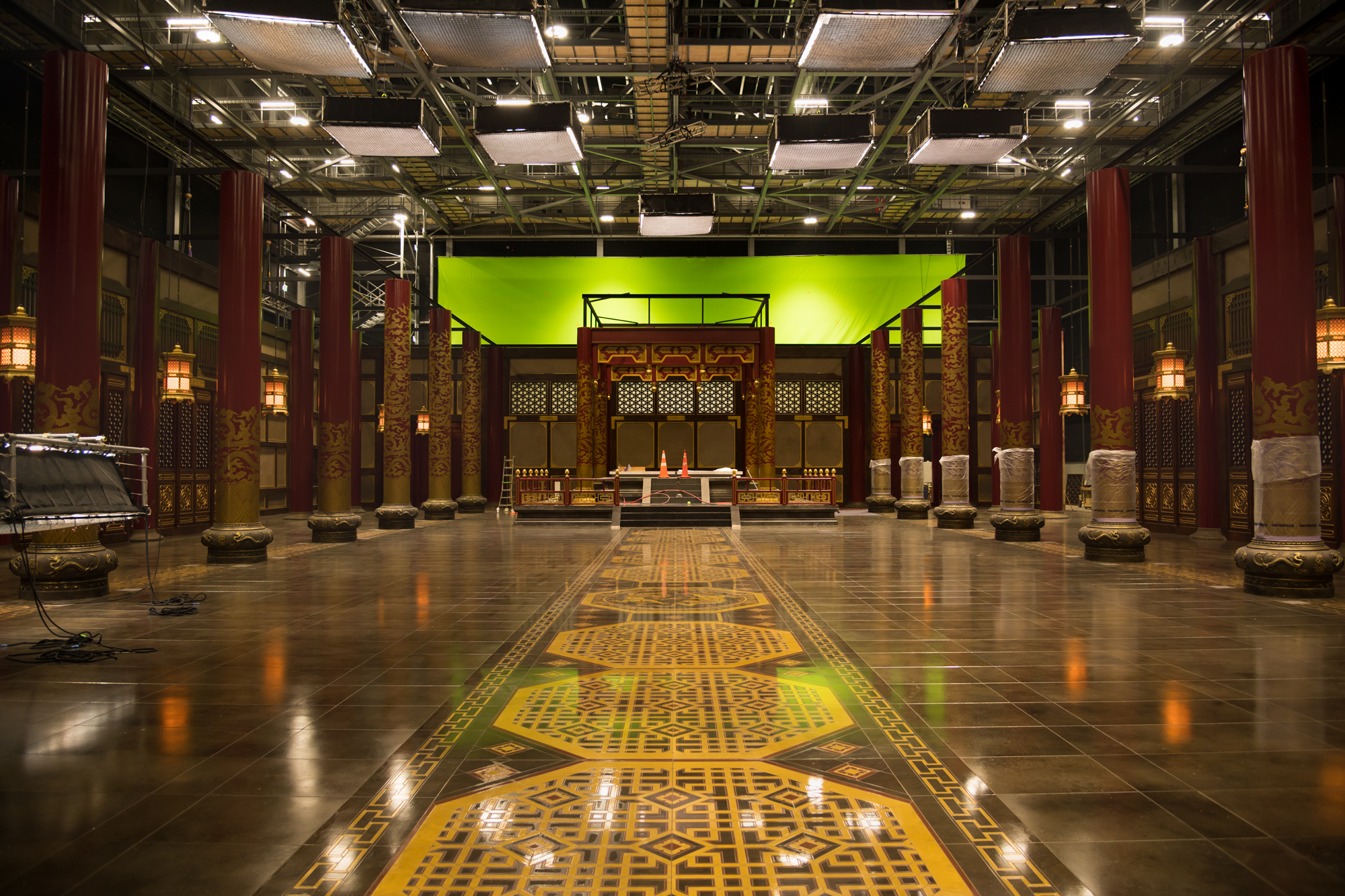
How did you expose and rate the cameras during production?
MW: The way I shoot digital is the way I like to shoot celluloid film - I always make sure that I have a lot of information in the image, especially in the dark areas. I always overexpose film by 2/3's of a stop for a thicker negative and take the same approach with digital, while making sure to protect any highlights that might be in frame.
I rated the cameras at 800ASA, as at higher ratings you just push grain into the image. If any part of the image needed to be lifted I would do it in post, as it looked better in the DI than upping the ASA of the camera on-set. These days I tend not to use any diffusion filtration, apart from NDs to help to control the exposure, or a polariser to mitigate reflections. If any diffusion is needed you can do it far better and more subtly in the DI as you have control over selective image areas you want to treat.
Did you apply any LUTs during the shoot?
MW: I just used one LUT for the entire film - the basic ARRI K1S1 LUT - which I tweaked ever-so-slightly with my colourist Natasha Leonnet at E-FILM during pre-production, so that it was more favourable to the vibrant colours we were going to encounter, especially primary red, which is such an important colour in our movie.
During production, working with my DIT Chris Rudkin, I did some minor adjustments on-set to desaturate the image a little to give our battle scenes a more desolate aesthetic, or to heighten the colours just a touch for Mulan's home environment, but really not very much at all.
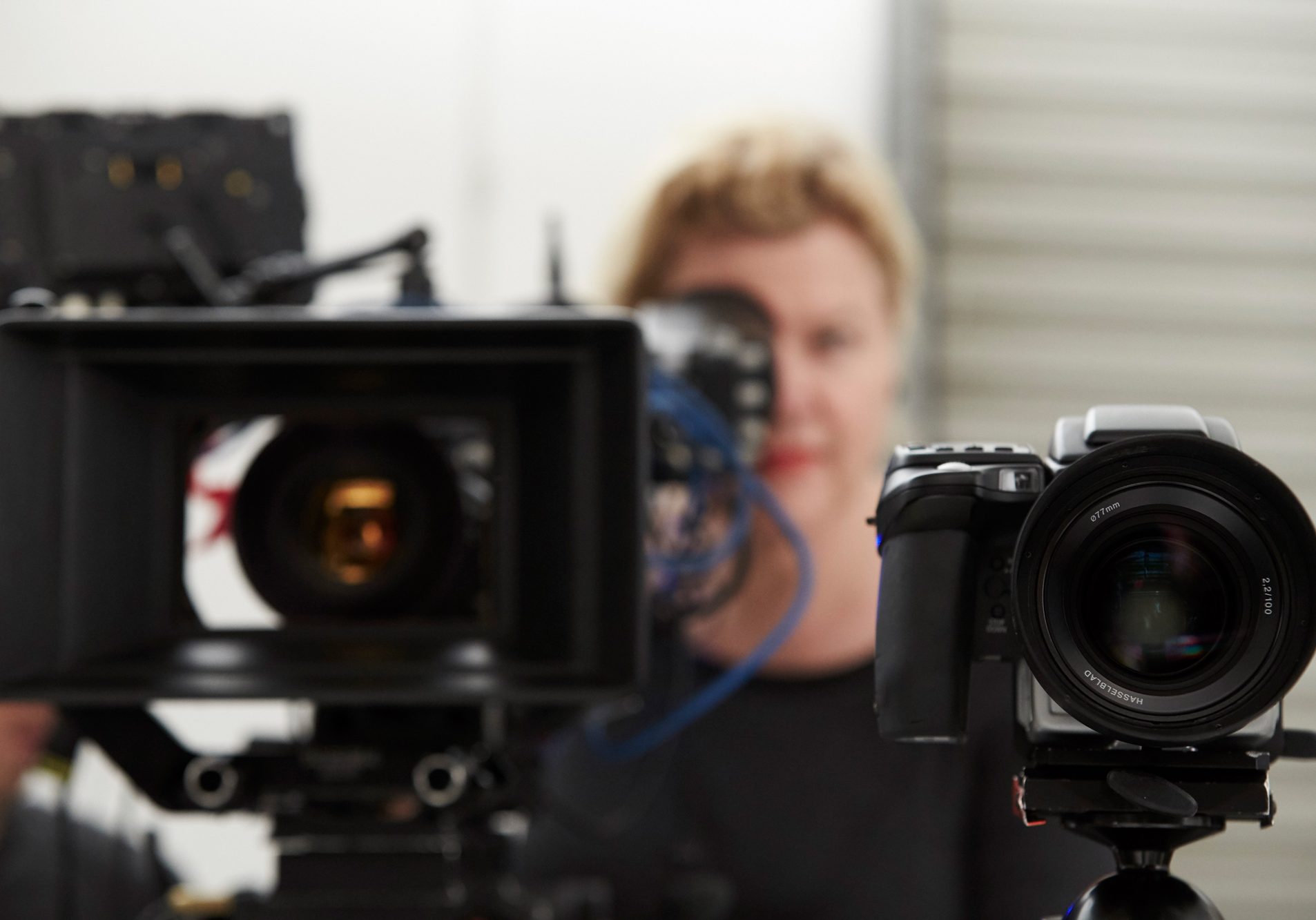
"When I occasionally lecture, and especially when I was Artist-In-Residence at UCLA, I wanted to show that cinematography is a job women can be successful at. If you are passionate, and keep pursuing your ambitions, you can do it."
- Mandy Walker ACS ASC
Tell us about your crew?
MW: The whole camera department got along really well, and we had a fun time on-set. Jason Ellson was my A-camera operator, with Brenden Holster working as first AC. Aaron Morton was our second unit DP. My gaffer was Shaun Conway, with Jay Munro the key grip.
Jason has worked with me on many films including Hidden Figures and Tracks. Brenden has done a couple movies with me before too, and it was a great pleasure to work with him again. Shaun is a very close friend of mine - we have been working together for over 20 years. And Jay is a great commander of the grip department and really orchestrated all of our feats.
How did you cover the action sequences?
MW: We almost always had three cameras running for the interiors scenes, and up to five on the big battle sequences. We initially plotted our camera positions and lens changes months in advance, during pre-production with storyboards and previs. During the rehearsals we refined our angles and coverage. Watching and being part of the choreography of the stunt scenes meant we could design and refine shots around Mulan's movements.
Niki wanted to shoot as much as possible in-camera, without the need for extensive CGI. So we had 60 horses and 100 people on each side of a battle scene, and framed the action along a line of soldiers and horses to minimise the need for VFX crowd replication.
For establishing shots of the armies facing-off against one another, we used a 2800mm lens, sometimes up to one kilometre back. This allowed us to shoot through one army and reveal the other by pulling focus between the two.
For the close-up action, Niki didn't want these to be generic, with people just crashing into each other and fighting with fists or swords. It was all about being focused on Mulan and elegantly expressing her special inner-power and confidence to the audience.
So we approached those battle moments using the Chi lenses, so that the focus would fall-off around Mulan and the audience would be looking at her expressions and her incredible martial arts. This meant the camera had to move with her, which was no mean feat. We used all sorts of equipment to move the camera - a Scorpio 45ft telescopic crane with an Oculus 4-axis stabilised head that could spin around with the action, plus sometimes cable cams and Russian arms on tracking vehicles. At other moments we picked-out Mulan's face using 400mm or 800mm lenses, as our actress was galloping along on a horse.
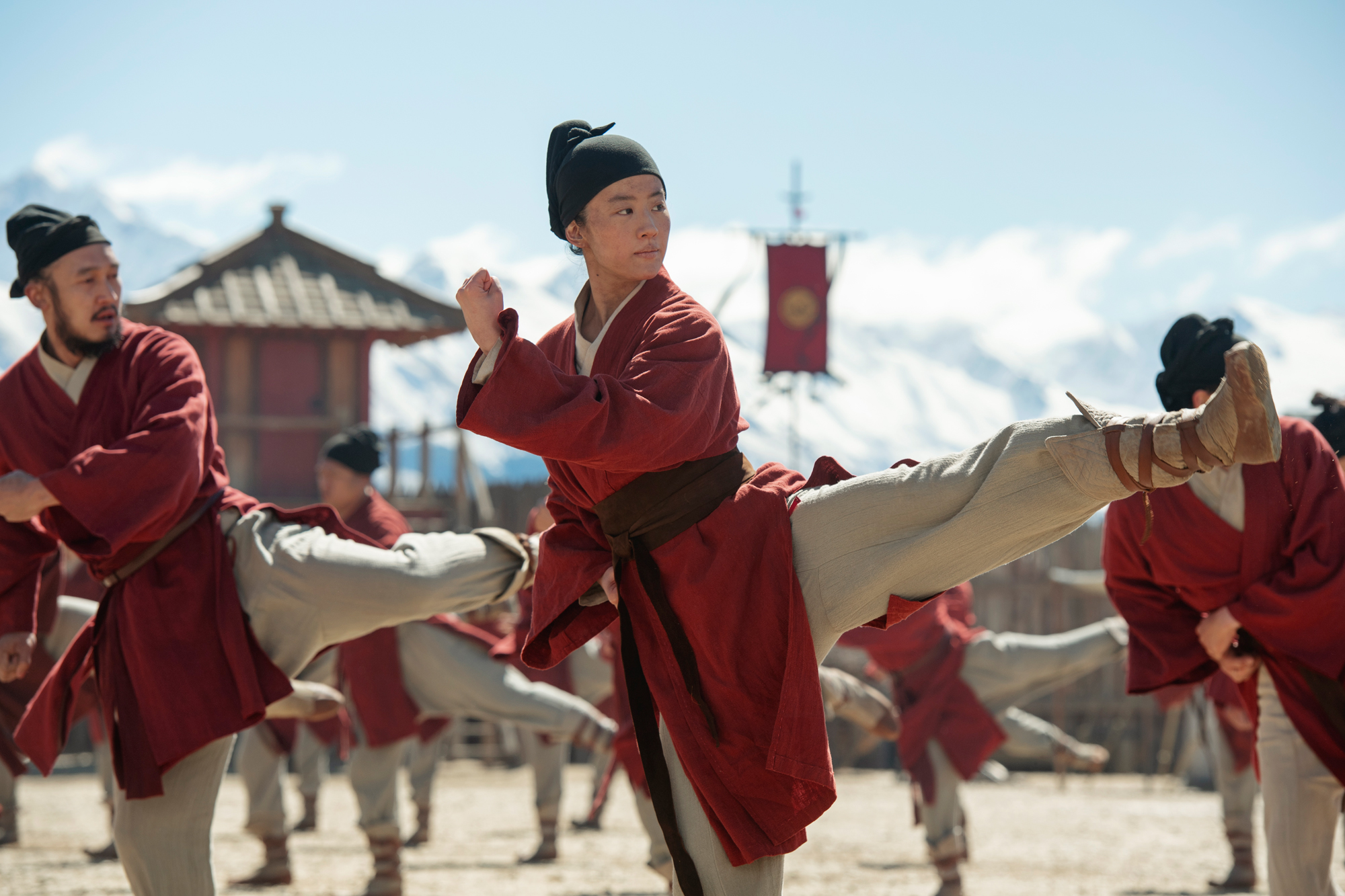
Give us some details about your lighting strategy?
MW: The lighting was all predicated around Mulan's emotional journey. It needed to be beautiful too. Even in harsh places, I never wanted it to look ugly.
For the interiors, such as Mulan's home in the Tulou, we spent a lot of time designing practicals to emulate the lanterns, fire and candle light of ancient China, so that they would look authentic and aesthetically pleasing.
For the scenes in the Tulou's circular courtyard, which was open to the sky, I did not want any harsh top-light from the sun, so I shielded the area using 3 x 60ft x 30ft frames, covered with charcoal diffusion cloth, suspended from construction cranes. This meant I could shoot scenes over three or four weeks with consistent light, and could expose around our practicals, and make the most of the colours in the fabrics and furniture in the set.
I did not very often light any of the exteriors, apart from using back or side fill-lighting bounced of 30ft x 30ft frames suspended on Manitou tractors. To match the New Zealand light with China, we used a quite a lot of smoke to create atmosphere, and exposed was so the image was soft and not too contrasty.
Tell us about your working hours?
MW: They were fantastic and well-organised by Liz Tan our first AD. We started out doing 10-hour continuous days, 5-day weeks on North Island, then 6-day weeks when we moved to South Island. Lunch was brought to us every day, and if we were super-busy we might down-tools for 15 minutes to eat, but we didn't leave the set. We started at 7am and finished at 5pm. It was very convivial as the crew got to spend time with their families, or otherwise unwind, and Niki and I could watch dailies and plan our next day. It worked really well.
How do you stay fit and healthy during production?
MW: Haha! We had to be fit with so many sand dunes and mountainsides to clamber over every day. We had a trainer looking after the actors, the director, myself and a couple of others. I trained pretty much every evening in the gym. It's the first time I have done that, and it had a great, positive effect. We also had a very good diet, with fantastically healthy catering, although there might have been the odd glass of wine on some evenings.
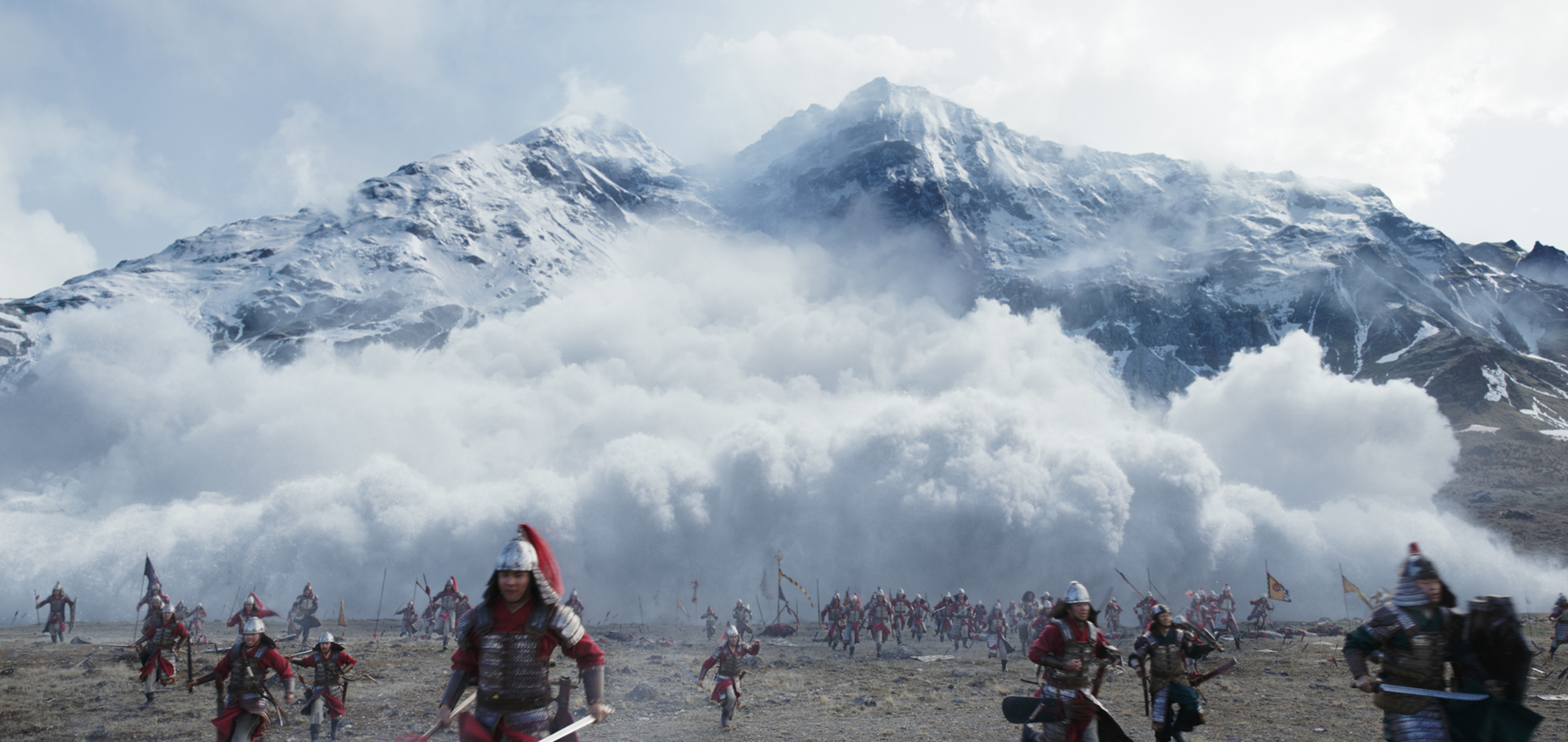
Tell us about the DI grade:
MW: As I was in prep on Baz's new film about Elvis, I did the final grade remotely on weekends through a 2K Christie projector in the DI suite at Cutting Edge, a post facility on The Gold Coast, over T-VIPS with Natasha Leonnet at EFILM in LA. The system works in real-time, at full 2K, and Natasha and myself would speak via an iPad. It was the first time I have not been there 100% of the time in the grade, but Disney were absolutely great in making sure it was set up properly for me.
Before I started on Elvis, I spent several days going through sequences, and timing the movie's trailers, with Natasha in LA. Before I left for Australia, I also did a look "bible", which was a shot from every scene including the VFX shots. She then progressively worked her way through the movie, and we would then work together at weekends to complete the grade remotely. We started by doing an SDR version followed by the HDR, and there will eventually be 3D stereo and Dolby Vision versions.
What are your thoughts about other women wanting to forge careers in cinematography?
MW: I am so happy to see more women becoming DPs, although there are currently not nearly enough. Many women can get put off by the fact that not many other women are doing it, or thinking it's a position they can't handle. But I'm here to show them that they can.
When I occasionally lecture, and especially when I was Artist-In-Residence at UCLA, I wanted to show that cinematography is a job women can be successful at. If you are passionate, and keep pursuing your ambitions, you can do it.
Working on a big movie like Mulan, with so many woman in positions of great responsibility, is a case in point. The fact that we carried it off and made a great movie, is a testament that we can do it, and do it well! I would like to think that in the next ten years things like this won't be an issue.







